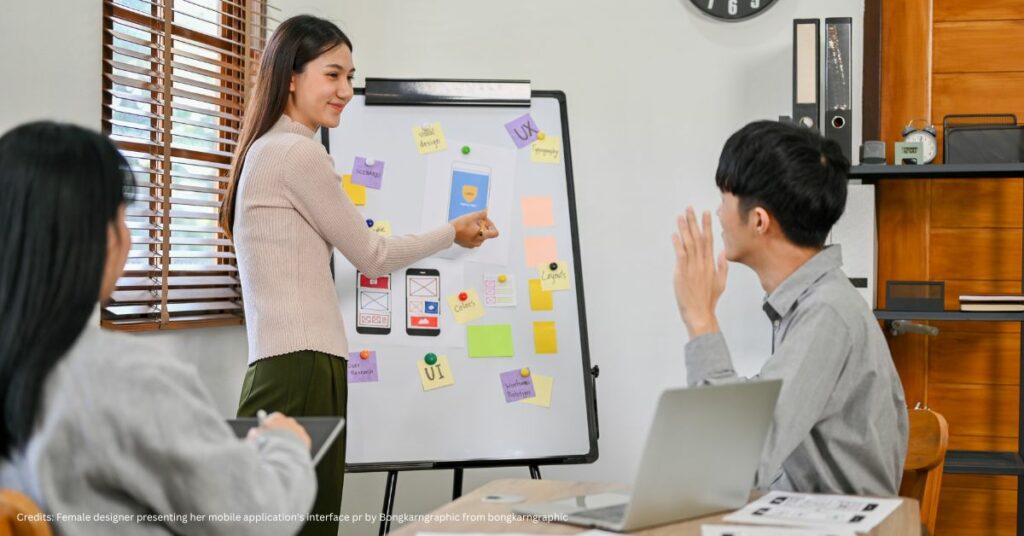Welcome to Happenings on the Hill – Happenings on the Hill is a fortnightly column specifically for the Third Sector by government engagement expert Neil Pharaoh, Director & Co-Founder of Tanck.
In the realm of government engagement, lobbying, and advocacy, the allure of media and public relations can be strong. After all, what better way to amplify your message, garner public support, and influence policymakers than through the power of the press?
However, as someone who has spent years in these fields, I’ve come to realise that the use of media and public relations should be approached with caution, used sparingly, judiciously, and rarely.
The Temptation of Media and Public Relations In today’s digital age, the media landscape is vast and ever-evolving. From traditional print and broadcast outlets to social media platforms and online news sites, there are countless channels through which to disseminate your message.
This accessibility can be both a blessing and a curse. On one hand, the ability to reach a wide audience quickly and easily can be incredibly powerful. A well-placed news story or viral social media post can generate significant attention and support for your cause.
However, this same accessibility also means that your message can be easily diluted, misinterpreted, or even weaponised against you.
One of the biggest risks of relying too heavily on media and public relations is the loss of control over your narrative. Once your message is out in the public domain, it can take on a life of its own. Journalists may interpret your words differently than intended, or they may focus on aspects of your message that you didn’t intend to highlight. Additionally, media attention can attract unwanted scrutiny and criticism.
In today’s hyper-politicised environment, any misstep or perceived inconsistency can be seized upon by opponents and used to discredit your cause or the government, who is unlikely to fund you if you have caused them “brand damage”. This can be particularly damaging in the realm of government engagement, where credibility and trust are paramount.
of relying on media and public relations as a primary tool for government engagement, lobbying, and advocacy, I advocate for a more strategic approach, one that uses media and public relations at key moments but is driven by a broader strategy. This involves carefully considering when, where, and how to use media and public relations to support your broader goals.
For example, rather than seeking media attention for its own sake, consider using media and public relations as part of a broader advocacy campaign. This could involve coordinating with other stakeholders, such as community groups, industry associations, or other like-minded organisations, to amplify your message and increase your impact.
I have never seen a media-only campaign lead to government funding, policy change or legislative or regulatory change. What I have seen is great not-for-profits who embark on a government relations journey, to which has a strategy, long lead time and focus, and to which media is used judiciously, sparingly and in a targeted way. This means your media won’t be used against you, or that it won’t piss off the very person you are trying to secure funding from.
Finally, consider timelines on your approach, your media activities may generate a short sugar hit, but will mean the government (or any funder) may discount you in the longer term even if you get a small funding bump.
With all of that said, we have worked with some genuinely amazing media and public relations firms and professionals in Australia – the one thing in common in my view from a bad firm to a great one? The great media and public relations firms know that media and PR alone will not get them funding, and you need a bigger strategy around government engagement. The great firms also take a cue from experts in government engagement, instead of the other way around.
In conclusion, while media and public relations can be powerful tools for government engagement, lobbying, and advocacy, they should be used sparingly, judiciously, and rarely. Instead, I advocate for a more strategic approach that prioritises authenticity, transparency, and collaboration. By carefully considering when, where, and how to use media and public relations, you can maximise your impact and achieve your goals more effectively.












